Iron is essential for the transport of oxygen, the primary fuel for cells. Ferritin plays a significant role in iron storage in your body. But what exactly is ferritin? And what about having too high or too low ferritin levels? This article covers everything you need to know.
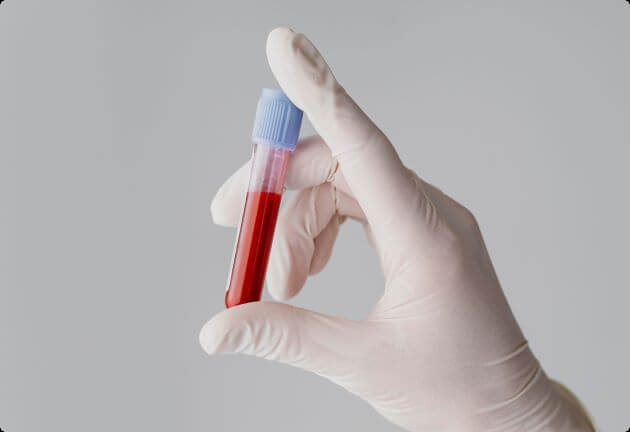
To start at the beginning: ferritin is a protein. It binds iron and facilitates its storage in the liver and bone marrow. Additionally, ferritin is found in smaller amounts in the blood. The amount of ferritin in your blood is a reliable measure of how much iron is stored in your body. Doctors use a calculation to translate the amount of ferritin in a blood sample into the total iron reserve in your body.
Why is Ferritin Important?
Ferritin is crucial for binding iron, which is essential for forming hemoglobin needed for oxygen transport by red blood cells. When there isn’t enough iron in your blood, your body uses ferritin stores. If these stores are depleted, it leads to anemia, with all its unpleasant symptoms. Iron deficiency anemia can be diagnosed by measuring ferritin levels, which will be low in such cases.
Ferritin Deficiency
Normal ferritin levels in the blood range from 20 to 250 micrograms per liter in men and 20 to 100 micrograms per liter in women. Possible causes of ferritin deficiency include:

- Blood loss due to heavy menstruation
- Prolonged intense physical exertion
- An iron-poor diet
- Heredity
- Medical causes such as medication use or diseases that hinder ferritin absorption


When there is no anemia yet, a ferritin deficiency may not cause symptoms. However, symptoms of approaching iron depletion can include:
- Severe fatigue
- Shortness of breath
- Difficulty concentrating
- Dizziness
- Restless legs
- Heart palpitations
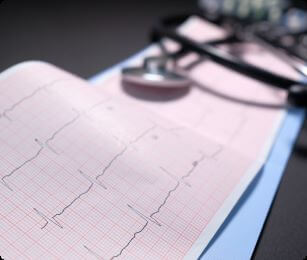



Elevated Ferritin
Ferritin levels in the blood can also be elevated. This can occur due to iron overload (hemochromatosis), first in the liver and then throughout the body. Hemochromatosis may result from a hereditary condition or another disease, such as a bone marrow disorder or blood disease.
Symptoms of iron overload include joint pain, upper abdominal pain, an enlarged liver, impaired liver function, prolonged fatigue, diabetes (due to pancreatic iron accumulation), skin discoloration, and heart rhythm disturbances. Iron overload can also lead to impotence. If untreated, it can cause liver and heart damage.
Elevated ferritin levels can also be found during inflammatory processes in the body without iron overload. To determine if inflammation is the cause, a doctor may order a CRP test. Elevated ferritin levels can also result from recent blood transfusions, liver disease, or autoimmune diseases that disrupt iron metabolism.
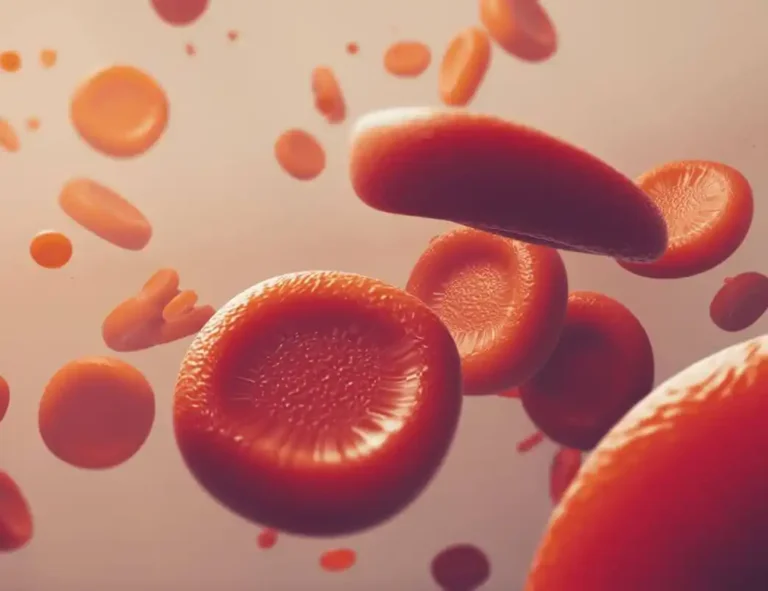
The most complete blood test. In addition to cardiovascular health, it also tests for the functioning of the organs, diabetes, and vitamin status.
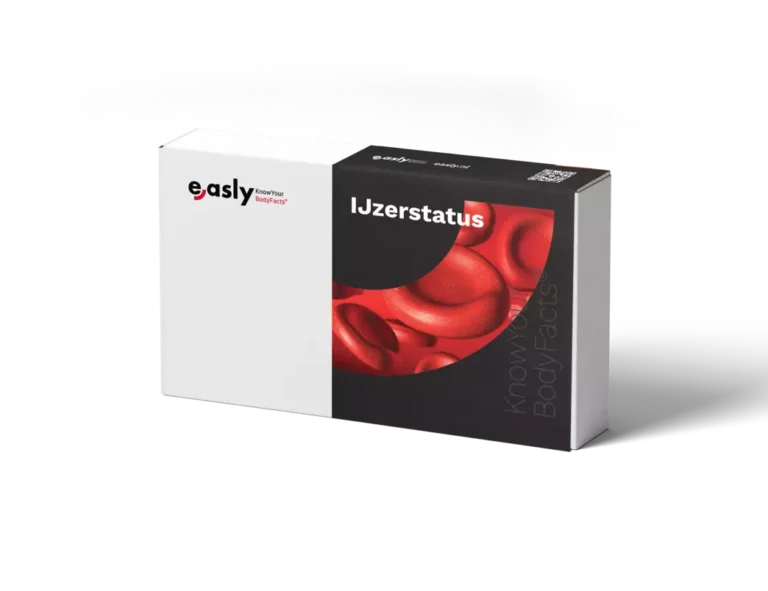

Tips: How to Increase or Decrease Ferritin Levels
You may want to address elevated or reduced ferritin levels. Here’s the good and bad news: how your body handles ferritin is genetically determined, so your influence is limited. However, adjusting your diet can help maintain or correct ferritin levels. Sanquin, the non-profit organization responsible for blood supply in the Netherlands, offers the following tips:
- Eat iron-rich foods such as potatoes, fish, vegetables, beans, grains, meat, and legumes.
- Drink acidic beverages during meals to improve iron absorption.
- Vitamin C also enhances iron absorption.
- Be cautious with milk, tea, and coffee as they inhibit iron absorption.



Transferrin, Hemoglobin, and Ferritin
When discussing blood, iron, and oxygen, the terms hemoglobin, transferrin, and ferritin frequently arise. But what is the difference between these three?
- Ferritin: As previously mentioned, ferritin is a protein that binds iron and is crucial for the production of hemoglobin.
- Hemoglobin: This protein is responsible for transporting carbon dioxide and oxygen in the blood and is found in red blood cells. The iron in hemoglobin gives our blood its red color.
- Transferrin: This protein also transports iron in the blood. Once iron is bound by transferrin, it is stored in the bone marrow and liver by ferritin. In cases of iron deficiency anemia, ferritin is usually low, and transferrin is high.
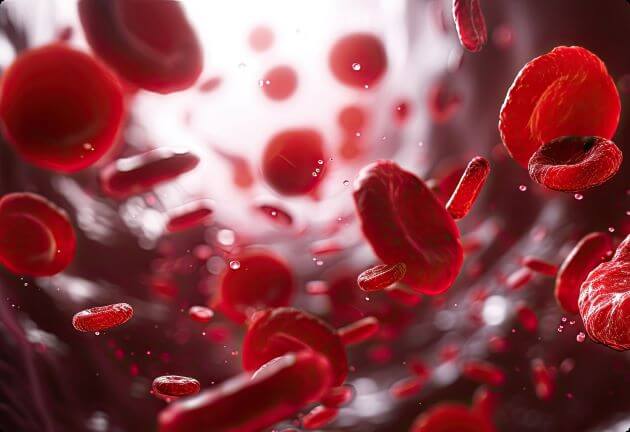
The values of these three substances provide important indicators to doctors about the cause and nature of iron-related complaints and can be determined with a blood test.
Keeping a Check
Measuring is knowing. If you experience symptoms like persistent fatigue, concentration problems, and heart palpitations, it’s wise to speak with a doctor. A home test can also provide clarity about potential ferritin and/or iron deficiencies or excesses in your body. Keeping an eye on these levels is beneficial, as ferritin is more important for your health than it might seem at first glance.








